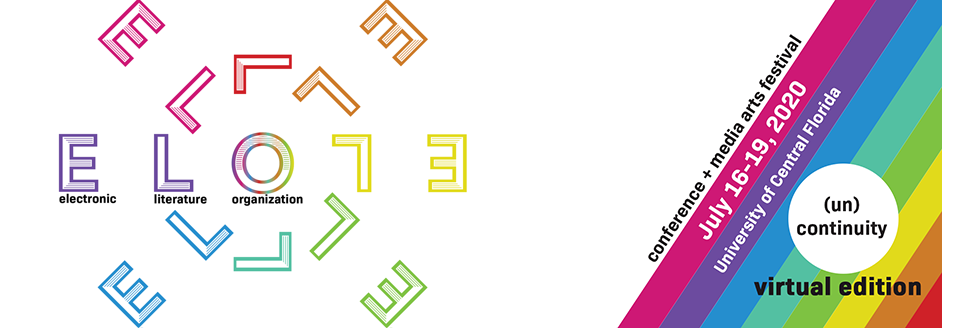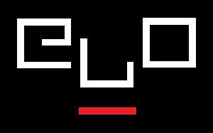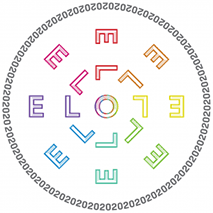Proposal Title
Loading...
Submission Type
Conference Talk - Individual
Abstract
Neuronovels, a term coined by Marco Roth in 2009, are narratives that incorporate neuroscience as a way to explore consciousness and experiment with form. Brain on Fire: My Month of Madness is a neuromemoir that combines case study notes with personal narrative, interviews, and neurological tests to create a patient-oriented account of Susannah Cahalan’s illness. Neuronovels utilize neuroscience in different ways to combine with narrative, connecting what many may consider disparate genres together.
By reading neuronovels as a form deriving from hypertext, the combination of the narrative and scientific terminology can occur simultaneously while allowing the progression of the storyline. As critics such as Bolter, Bush, and Vee make connections between hypertext structure and human thought, reading neuromemoirs as hypertext allows these experimental texts to showcase this process in the form of narrative. While not making an overarching argument for all neuronovels or neuromemoirs, I argue that reading Brain on Fire as a hypertext creates a multilinear structure focusing on both the personal first-person experiences of her illness alongside outside perspectives. By viewing neuronovels as a structure derived from hypertext, the authors can combine multiple forms of media, multiple sources of information, and multiple voices within the same narrative.
Neuronovels As Hypertext
Neuronovels, a term coined by Marco Roth in 2009, are narratives that incorporate neuroscience as a way to explore consciousness and experiment with form. Brain on Fire: My Month of Madness is a neuromemoir that combines case study notes with personal narrative, interviews, and neurological tests to create a patient-oriented account of Susannah Cahalan’s illness. Neuronovels utilize neuroscience in different ways to combine with narrative, connecting what many may consider disparate genres together.
By reading neuronovels as a form deriving from hypertext, the combination of the narrative and scientific terminology can occur simultaneously while allowing the progression of the storyline. As critics such as Bolter, Bush, and Vee make connections between hypertext structure and human thought, reading neuromemoirs as hypertext allows these experimental texts to showcase this process in the form of narrative. While not making an overarching argument for all neuronovels or neuromemoirs, I argue that reading Brain on Fire as a hypertext creates a multilinear structure focusing on both the personal first-person experiences of her illness alongside outside perspectives. By viewing neuronovels as a structure derived from hypertext, the authors can combine multiple forms of media, multiple sources of information, and multiple voices within the same narrative.




Bio
I am currently a tenure track professor at Valencia College and a PhD student in the Texts and Technology program at the University of Central Florida. I received my Master of Arts degree at the University of Vermont and my current interests include digital humanities, neuroscience and literature, and media studies.
website: https://bonniecrosswebsite.netlify.com/